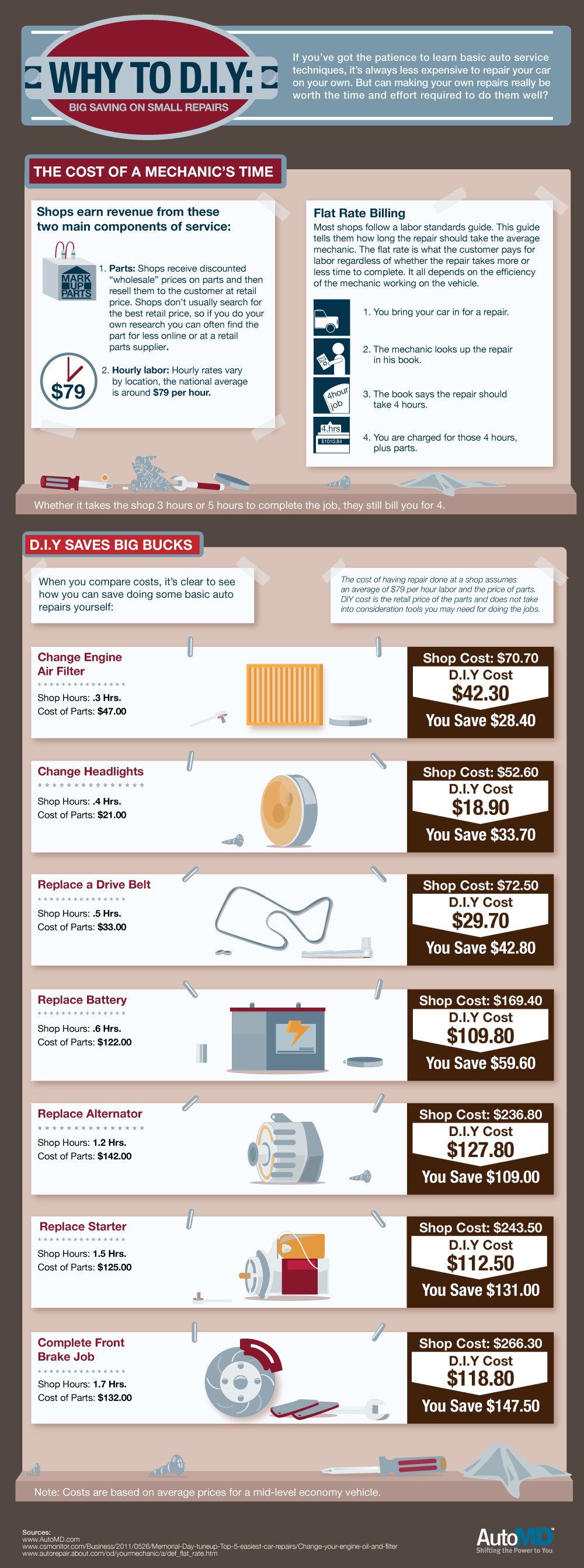Translating Your Automobile'S Alert Lighting: Their Real Ramifications
Translating Your Automobile'S Alert Lighting: Their Real Ramifications
Blog Article
Web Content Author-Boye Torres
When you're behind the wheel, those beautiful caution lights on your control panel can be a little bit difficult. Do you understand what they're trying to tell you regarding your auto's wellness? Recognizing the relevance of these lights is crucial for your safety and security and the long life of your vehicle. So, the following time among those lights turns up, would not you want to understand its message accurately and take the needed steps to address it?
Common Warning Lights and Interpretations
Determine typical warning lights in your vehicle and understand their significances to make certain secure driving.
One of the most regular caution lights consist of the check engine light, which signifies problems with the engine or discharges system. If this light begins, it's essential to have your vehicle inspected promptly.
The oil pressure warning light shows reduced oil pressure, needing instant focus to avoid engine damages.
A blinking battery light could recommend a damaged charging system, potentially leaving you stranded otherwise attended to.
The tire stress tracking system (TPMS) light notifies you to low tire pressure, impacting automobile stability and gas efficiency. Overlooking this could lead to harmful driving conditions.
The ABS light suggests a problem with the anti-lock braking system, compromising your ability to quit swiftly in emergencies.
Last but not least, the coolant temperature alerting light warns of engine overheating, which can cause extreme damage otherwise fixed quickly.
Comprehending these typical caution lights will assist you resolve concerns promptly and maintain safe driving conditions.
Relevance of Prompt Focus
Comprehending the typical warning lights in your vehicle is only the first step; the relevance of without delay dealing with these cautions can't be emphasized sufficient to guarantee your safety on the road.
When a caution light illuminates on your control panel, it's your automobile's means of communicating a prospective problem that requires focus. Neglecting these cautions can cause a lot more serious problems down the road, compromising your security and potentially costing you more in repairs.
Prompt interest to cautioning lights can stop malfunctions and crashes. As an example, a blinking check engine light might show a misfire that, if left ignored, might trigger damages to the catalytic converter. Addressing this promptly can save you from a pricey fixing.
Likewise, luxury auto detailing alerting light may signify low brake liquid or worn brake pads, critical parts for your safety and security when driving.
Do It Yourself Troubleshooting Tips
If you see a caution light on your control panel, there are a few DIY troubleshooting tips you can attempt prior to looking for specialist help.
https://brakes-near-me06273.blogripley.com/30866792/professional-discussion-vital-vehicle-describing-strategies-from-an-industry-specialist is to consult your cars and truck's manual to recognize what the specific warning light shows. Occasionally go to this web-site can be as straightforward as a loosened gas cap setting off the check engine light. Tightening the gas cap may solve the problem.
An additional usual issue is a low battery, which can trigger numerous cautioning lights. Checking the battery connections for rust and guaranteeing they're secure might take care of the problem.
If a warning light persists, you can try resetting it by separating the vehicle's battery for a few mins and then reconnecting it. Additionally, checking your car's liquid levels, such as oil, coolant, and brake fluid, can aid repair alerting lights connected to these systems.
Verdict
Finally, recognizing your cars and truck's caution lights is crucial for keeping your car running efficiently and securely. By immediately attending to these informs and knowing what they suggest, you can stay clear of costly fixings and prospective failures.
Bear in mind to consult your automobile's manual for specific details on each warning light and act as necessary to guarantee a hassle-free driving experience.
Stay educated, remain safe on the road!
